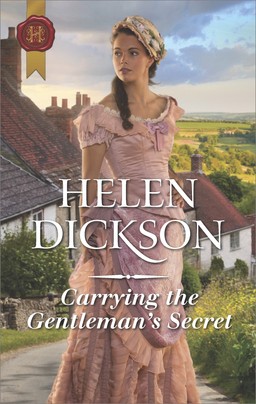 Karen L. Cox's books include Dixie’s Daughters: The United Daughters of the Confederacy and the Preservation of Confederate Culture and Dreaming of Dixie: How the South Was Created in American Popular Culture.
Karen L. Cox's books include Dixie’s Daughters: The United Daughters of the Confederacy and the Preservation of Confederate Culture and Dreaming of Dixie: How the South Was Created in American Popular Culture.Here Cox dreamcasts an adaptation of her latest book, Goat Castle: A True Story of Murder, Race, and the Gothic South:
There really haven’t been any dramatic interpretations of this story, but it begs for one. From the time I learned about Goat Castle and the real-life characters that inhabited it, I could see it as a film. Every person I’ve ever talked to about this book has said, without fail, “This needs to be a movie.” The principals make for very rich characters and the setting—Goat Castle—is both shocking and surreal. There’s also the terribly sad saga of Emily Burns, caught in an unfortunate situation, who is dealt a terrible injustice because of her race and sent to one of the South’s most notorious prisons—Parchman.Visit Karen L. Cox's website.
So who would I want to play the principals? Most of them are in their 60s, so it’s a great opportunity for older actors, although Emily Burns was just 37 when she was convicted. The sheriff is also just 41. So, here is my dream cast:
I’d choose Sally Field to play Jennie Merrill, the woman who was murdered. Jennie was petite, but feisty. Tommy Lee Jones would be good in the role of Duncan Minor, Jennie’s cousin who finds her and has loved her his whole life.
Octavia Dockery, the “Goat Woman,” was a cunning individual and I’d love to see her played by Jessica Lange. Lange’s role in Grey Gardens, not to mention American Horror Story, suggests she’s got a knack for Southern Gothic.
Dick Dana, the “Wild Man,” was tall and lanky and not in his right mind. And while I know we haven’t heard from John Malkovich in awhile, I think he’d be perfect.
George Pearls a.k.a. Lawrence “Pink” Williams, the likely trigger man who killed Merrill in a botched robbery could be played by either Don Cheadle or Denzel Washington. Williams took off for Chicago as a young man, so by the time he returned to Natchez he was a street savvy guy.
I’ve always seen Octavia Spencer as the person to play Emily Burns, the woman sent to prison for this crime. They are about the same height and build, and I think she could really bring Emily to life and draw us into the story of racial injustice.
Sheriff Clarence “Book” Roberts is also an important figure in this case, though I’m not sure who should portray him. Tom Hanks might be a good fit.
There are lots of bit parts here, so it would really depend on which characters the filmmakers want to highlight.
Fingers crossed that Goat Castle will one-day come with the tagline “coming to a theater near you!”
--Marshal Zeringue














